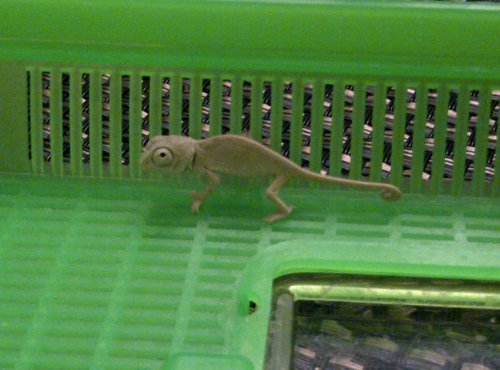fluxlizard
Avid Member
Now that I see them altogether- that is stress causing the patterns. Don't know why, but look for ways to reduce stress it if you see these patterns a lot. First idea would be to keep them in smaller groups or individually and see if the pattern goes away. It's the same with veileds if you see this pattern, and dilepis and others...
They look like veileds now- will be interesting to see how they grow.
They look like veileds now- will be interesting to see how they grow.








